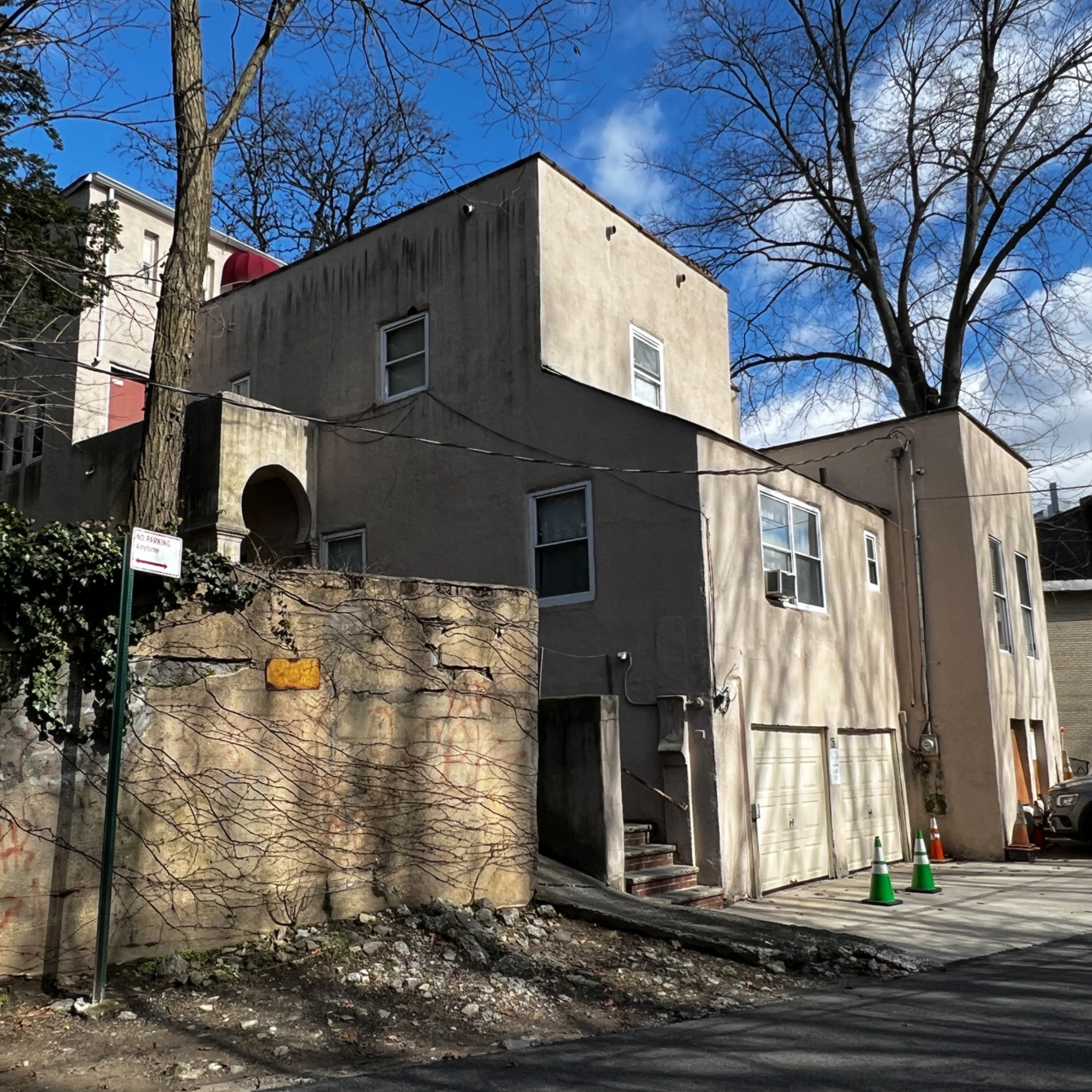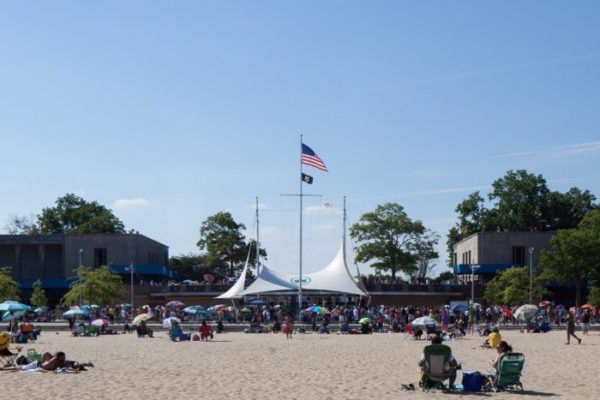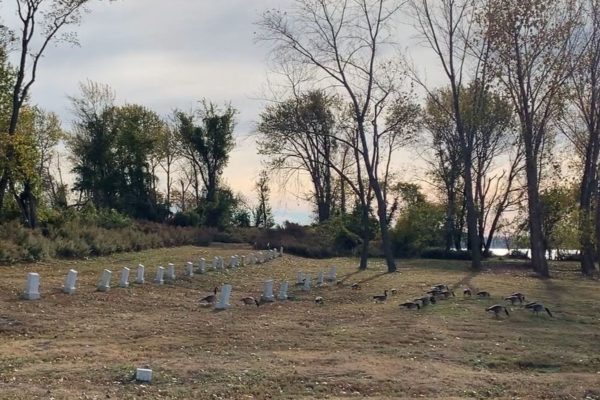
Denishawn House
overview
In 1927, Ted Shawn, one of the founders of modern dance in America, and his wife Ruth St. Denis established Denishawn House in the Bronx as a training school for dance.
Denishawn House trained Modern Dance pioneers such as Charles Weidman, Jack Cole, and Martha Graham until 1934, three years after Shawn left.
On the Map
VIEW The Full MapHistory
Pioneering modern dancer and choreographer Ted Shawn (1891-1972) has often been called “the father of modern dance” (a term he used to describe himself). Shawn was born Edwin Meyers Shawn in Kansas City and raised in Denver. He was a divinity student at the University of Denver when he was partially paralyzed by diphtheria. His doctor suggested that he take ballet lessons.
After seeing a performance by Ruth St. Denis in 1911, Shawn decided to become a professional dancer and in 1914 joined her company; they married later that year. In 1915, they established Denishawn, America’s first professional dance company. The company traveled extensively in the United States and also visited South and East Asia, where St. Denis and Shawn studied local dance traditions and also acquired costumes and props. Controversially today, they often appropriated choreographic elements from Asian, North African, and Native American dance for their own works.
St. Denis and Shawn aspired to create an American training school for dance, and this enterprise enjoyed great success for more than a decade after its founding. In 1927, they opened Denishawn House in a newly completed building located adjacent to the Jerome Park Reservoir in what is now the Van Cortlandt Village neighborhood of the Bronx. Trucks could drive into the base of the house to load and unload scenery and the interiors contained costume shops, a double-height studio, offices, dining room, two bedrooms, and, in the tower, a library with views of the reservoir. Among the pioneers of Modern dance trained by Denishawn were dancer/choreographers Charles Weidman, Jack Cole, and Martha Graham. In 1931, Shawn, who had realized he was gay, and St. Denis split although they never divorced. St. Denis continued to teach at Denishawn House until she closed it in 1934.
In 1931, Shawn purchased a farm known as Jacob’s Pillow in Becket, Massachusetts. Here he succeeded in creating a homosocial communal environment as the headquarters of his new company, Ted Shawn and His Men Dancers, which was active between 1933 and 1940. One daily summer activity was lunchtime nude sunbathing on the theater’s patio.
Shawn was intent on proving that dance was a masculine activity. His company consisted of eight or nine muscular, athletic, hypermasculine, white dancers that he contrasted with what he saw as the questionable effeminacy of European dancers such as Vaclav Nijinsky. In his effort to prove that dance was appropriate for American men, Shawn hid his homosexuality until close to the end of his life. This was despite the fact that, from 1931 to 1948, he was lovers with his lead dancer, Barton Mumaw, and then, from 1949 until Shawn’s death, with his former stage manager John Christian, who became an administrator at the Jacob’s Pillow Dance Festival, which Shawn had founded. One way that Shawn marketed his Men Dancers was to submit nude photos of Mumaw to physique magazines, such as Physical Culture, which were ostensibly about physical education, but in reality, were male erotica.
To 21st-century eyes, many of Shawn’s dances are highly homoerotic, with their shirtless dancers or men costumed only in skimpy briefs. But in the early 20th century, when homosexuality was largely associated with effeminacy, most viewers were not aware of the homoeroticism of Shawn’s dances, many of which were based on classical or athletic themes. Dance historian Julia L. Foulkes discusses the “homosexual allure” of Shawn’s dances, but notes that “it remained an undercurrent, an allusion most often picked up only by other gay men.” Shawn’s idealization of male bodies and of homosexual love came from his study of the work of English sexologist Havelock Ellis and writer Edward Carpenter, both of whom he met, and poet Walt Whitman, who inspired several of his dances. He also worked with Alfred Kinsey to, as Shawn’s biographer Paul A. Scolieri notes, “explore his [Kinsey’s] fascination with the relationship between male dancers and homosexuality.” Shawn was interviewed by Kinsey and sent him images of nude dancers.
Most of Shawn’s choreographic work took place at his Jacob’s Pillow farm, where he also performed and in 1933 inaugurated what is now America’s oldest and most prestigious summer dance festival. Shawn invited dancers from all over the world, representing many dance genres, to perform at Jacob’s Pillow, expanding the audience for dance in America.
As of 2024, the building that once held Denishawn House is part of the campus of the Van Cortlandt Jewish Center. The complex is for sale and its survival is in question.
Entry by Andrew S. Dolkart, project director (April 2024), with thanks to Norton Owen, archivist at Jacob’s Pillow, for his assistance.
NOTE: Names above in bold indicate LGBT people.
Building Information
- Architect or Builder: Ninian Jamieson, architect/contractor
- Year Built: 1927
Sources
Clive Barnes, “Shapes of the Dance,” The New York Times, January 10, 1972.
Julia L. Foulkes, Modern Bodies: Dance and American Modernism from Martha Graham to Alvin Ailey (Chapel Hill: University of North Carolina Press, 2002).
Kevin M. Murphy and Caroline Hamilton, eds., Dance We Must: The Art and Costumes of Ruth St. Denis and Ted Shawn, 1906-1940 (Williamstown: William College Museum of Art, 2023).
Paul A. Scolieri, Ted Shawn: His Life, Writings, and Dances (New York: Oxford University Press, 2019).
Paul A. Scolieri, “Ted Shawn and The Defense of the Male Dancer” (Jacob’s Pillow Dance Interactive, 2019), bit.ly/3JBxi4Y.
H. T. Parker, “Ted Shawn,” Hartford Courant, January 16, 1972.
Walter Terry, Father of American Dance: A Biography (New York: Dial Press, 1976).
Do you have more information about this site?
This project is enriched by your participation! Do you have your own images of this site? Or a story to share? Would you like to suggest a different historic site?














